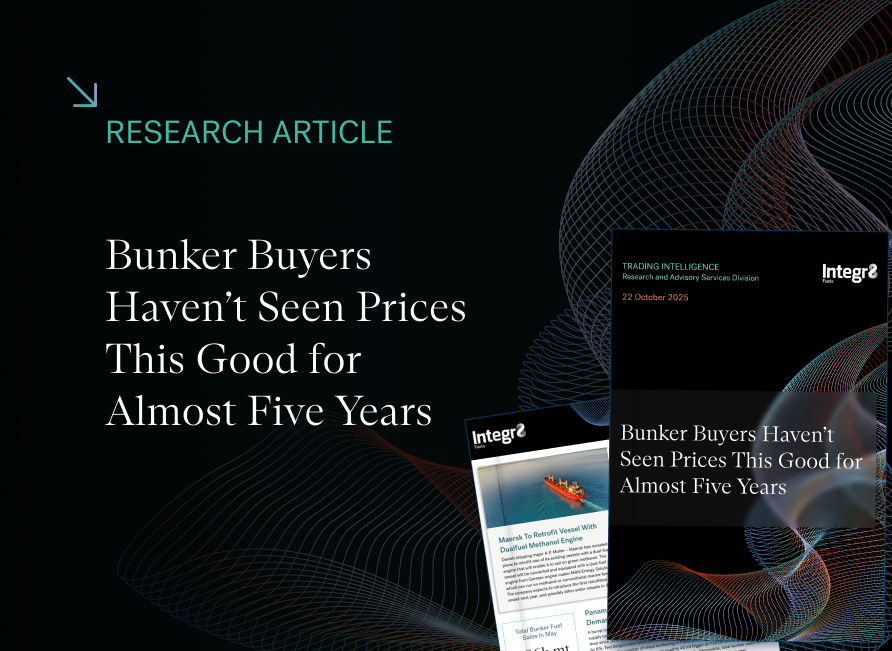Are bunkers too easy a target when problems alleged onboard vessels?
Prior to IMO 2020 there was a lot of conjecture mingled with a fair spattering of trepidation as to the perceived level of quality issues we would see with many stakeholders suggesting significant problems were on the horizon using analogies of our old foe 1% Sulphur LSFO and the relatively recent Houston problem among others.
Overview
As it happened and as widely reported many of these gloomy predictions did not come to pass, Q1 2020 passed with all stakeholders relatively unscathed despite the new world of a patchwork quilt of VLSFO qualities. Things have changed more recently however with ARA being thrust into the spotlight as a result of high TSPs and an increase in the prevalence of Estonian Shale Oil in VLSFO blends.
Circumstances of high TSP of course allow the buyer to lodge a claim against the seller given the value exceeds a maximum contractual guarantee however what has become apparent is an increasing frequency of fuels that appear on specification to Table 2 parameters of ISO 8217 yet have been alleged to have caused fuel management related issues as well as equipment component damage.
Curiously still,many of these fuels when examined forensically have been found not to contain any sinister contaminants and do not correlate with a “problem” fuel according to testing experts.
Food for thought
It would of course be remiss of us to not acknowledge that problem fuels do exist and can result in difficulties or damage onboard vessels, however it is important to make the point that without adequate precautions even an on specification VLSFO has the potential to cause damage.
This is nothing new, indeed HSFO routinely contained 30 to 60mg/kg of Aluminium and Silicon (cat fines). Even these levels of abrasive catfines would have to be removed to below 15mg/kg by purification and of course if this was not efficient or effective then harmful particles could reach the engine resulting in catastrophic damage to cylinder liners etc.
Indeed whilst catfines are generally lower in VLSFOs almost a quarter of all VLSFOs however in Singapore for example still have catfines of greater than 40mg/kg and still require extensive purification.
This should not be too difficult a task given the lower density and viscosity of VLSFOs when comparing to HSFO but it is vital to remember that purifiers still need to be set up correctly considering the pour point of the fuel as well as its density and viscosity.
It is also entirely possible that the reason for a chocked purifier may be as a result of mixing with previous ROB, not in the storage tank – as this is hardly ever noted these days – but in the settling tank itself.
VLSFO’s also require to be injected at the correct viscosity, generally speaking most OEMs require a viscosity of 12cSt at the engine inlet. Indeed it may be that in extreme cases of low viscosity that this may not be possible to achieve without a cooler being employed or without being in close proximity of the pour point if it is waxy.
Finally, an increasingly new and important area of focus is engine lubrication and an increase in engine wear which may result should this not be optimized to the new fuels.
Prior to IMO 2020 It was well publicized that as an Industry we would have to move to a lower Base Number (BN) Cylinder Lubrication Oils (CLOs) given prolonged running on 0.5% Sulphur fuels however what appears to have developed is a pattern of vessels sufferingmajor engine damage since switching to VLSFO despite also all switching to BN 40 CLOs and all fuels meeting the ISO 8217 specification.
Evidence has been published of red tinged piston tops and abrasion as a results of calcium deposits which have not been removed due to the reduced detergency of BN 40 CLO’s.
Indeed you could argue that some of these issues were foreseen as early as March 2018 when MAN indeed recommended the introduction of Cermet (Chromium) coated piston rings at next overhaul given their experiences with ULSFOs. MAN have also issued a number of service letters in recent months describing the benefits including providing a “seizure resistant surface against the liner.. avoiding micro seizures and lowering scuffing risks”
Conclusion
Therefore all things considered, whilst it is absolutely prudent to put the fuel supplier on notice of alleged damage at the earliest opportunity so as to avoid the robust time bar clauses in the bunker contract we must not lose sight of the fact that these issues may well be as a result of other factors rather than the fuel itself.
It is therefore important to go into every investigation with an open mind, work on fact and not assumption, collate and document evidence which would survive robust cross examination and more importantly do so in a transparent manner.
Chris Turner Global Manager for Quality and Claims
P: +65 6622 0042
E: chris.t@integr8fuels.com

Contact our Experts
With 50+ traders in 12 offices around the world, our team is available 24/7 to support you in your energy procurement needs.




